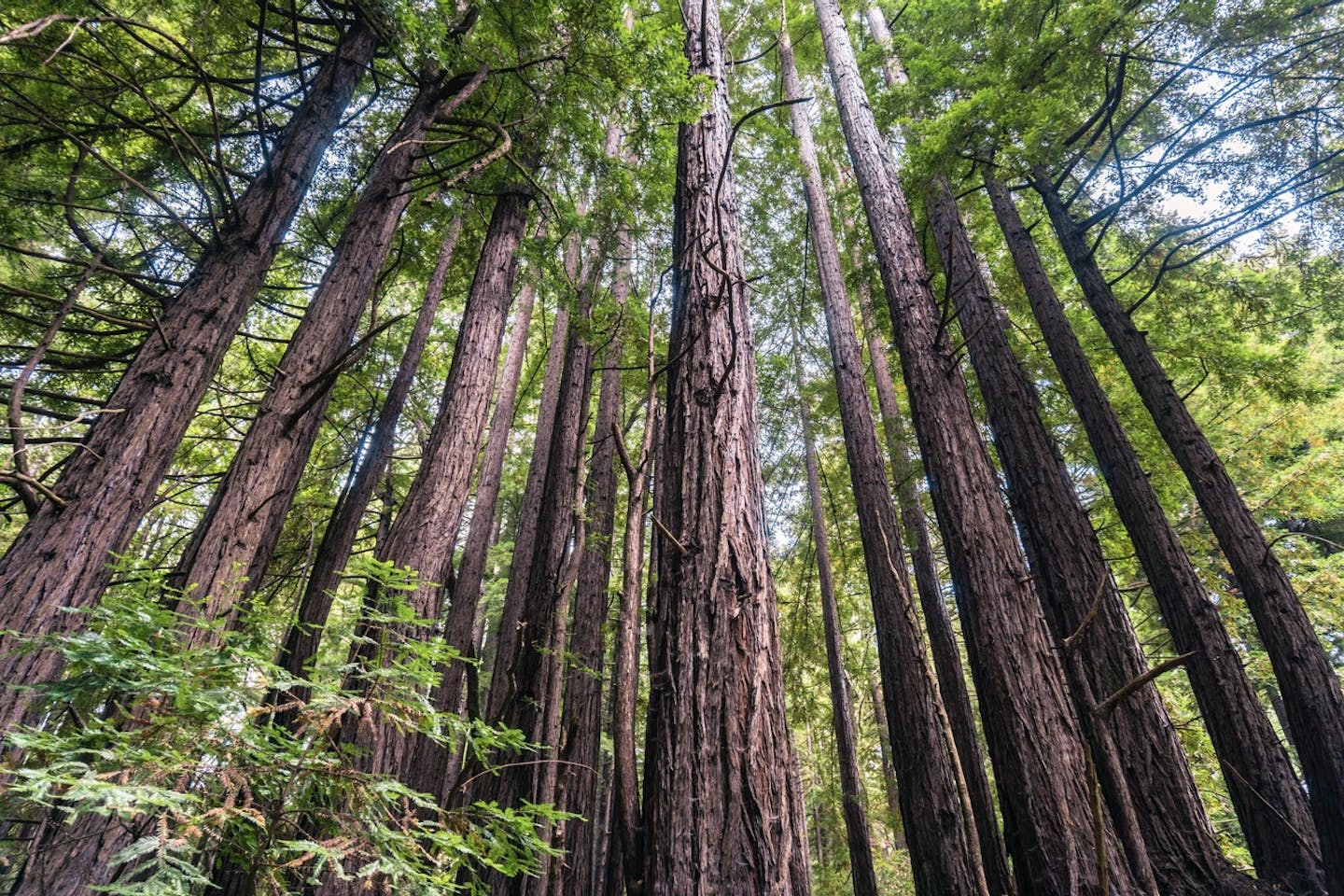Over 500 acres of California redwood forest returned to Indigenous care
- Nature Conservation
- Land Conservation
- Indigenous Tenure
- Social Justice
- Legal Empowerment
- North Pacific
- Northern America Realm
A conservation agency out of California has donated more than 500 acres of redwood forest to the InterTribal Sinkyone Wilderness Council. This alliance of ten Indigenous tribes has been connected to these woods for thousands of years.
European American settlers displaced Native peoples in this region from their land generations ago. The Sinkyone Council now works to conserve the forests and marine environments of California’s North Coast and to protect culturally essential lands, waters, and biodiversity.
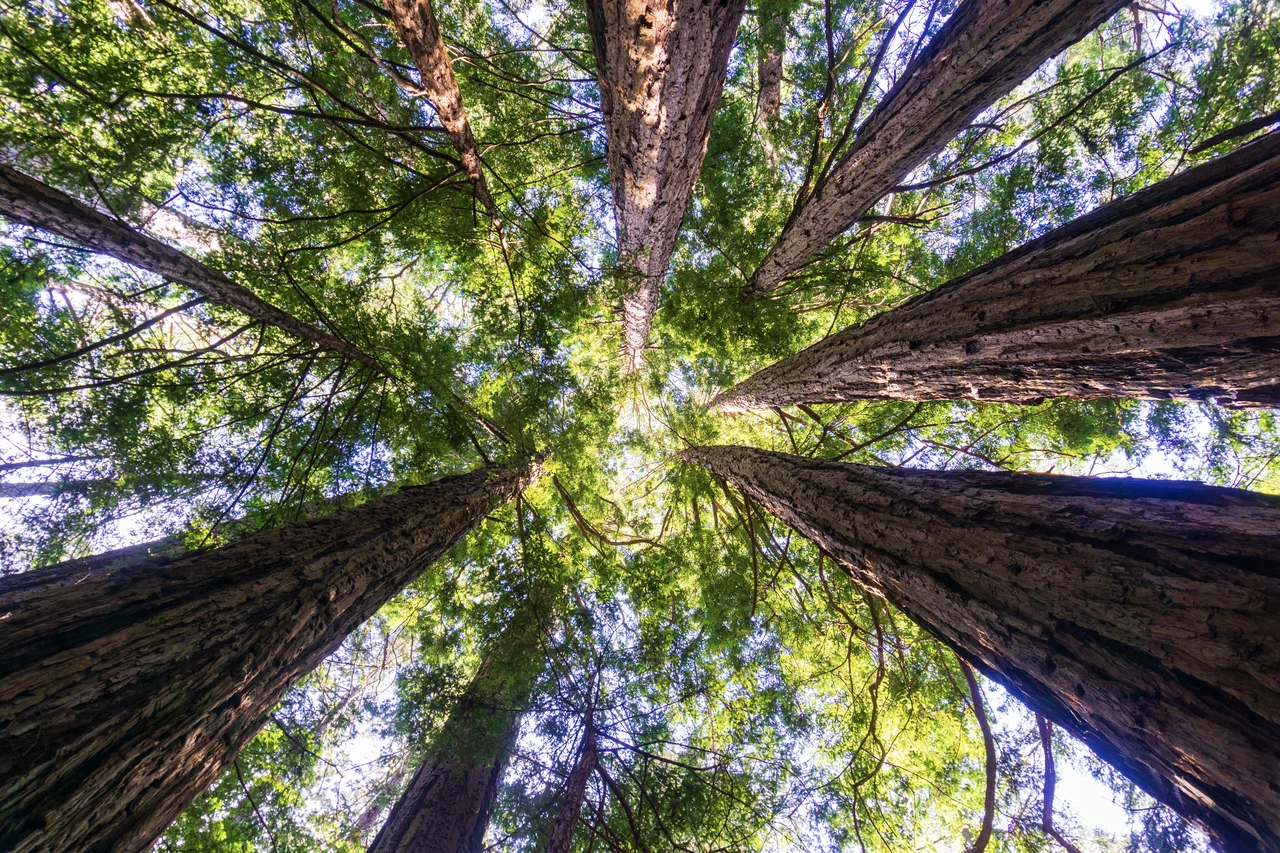
Save the Redwoods League is an organization restoring old-growth forests and connecting people to nature. In 2020, the group purchased a 523-acre redwood forest on the Lost Coast of California's Mendocino County, located in the Northern California Coastal Forests ecoregion.
On January 25th, 2022, it was announced that the property would be transferred to the ownership of the Sinkyone Council. Many conservationists, activists, and Indigenous leaders consider the move vital to preserving and mending the land from environmental damage and climate change.
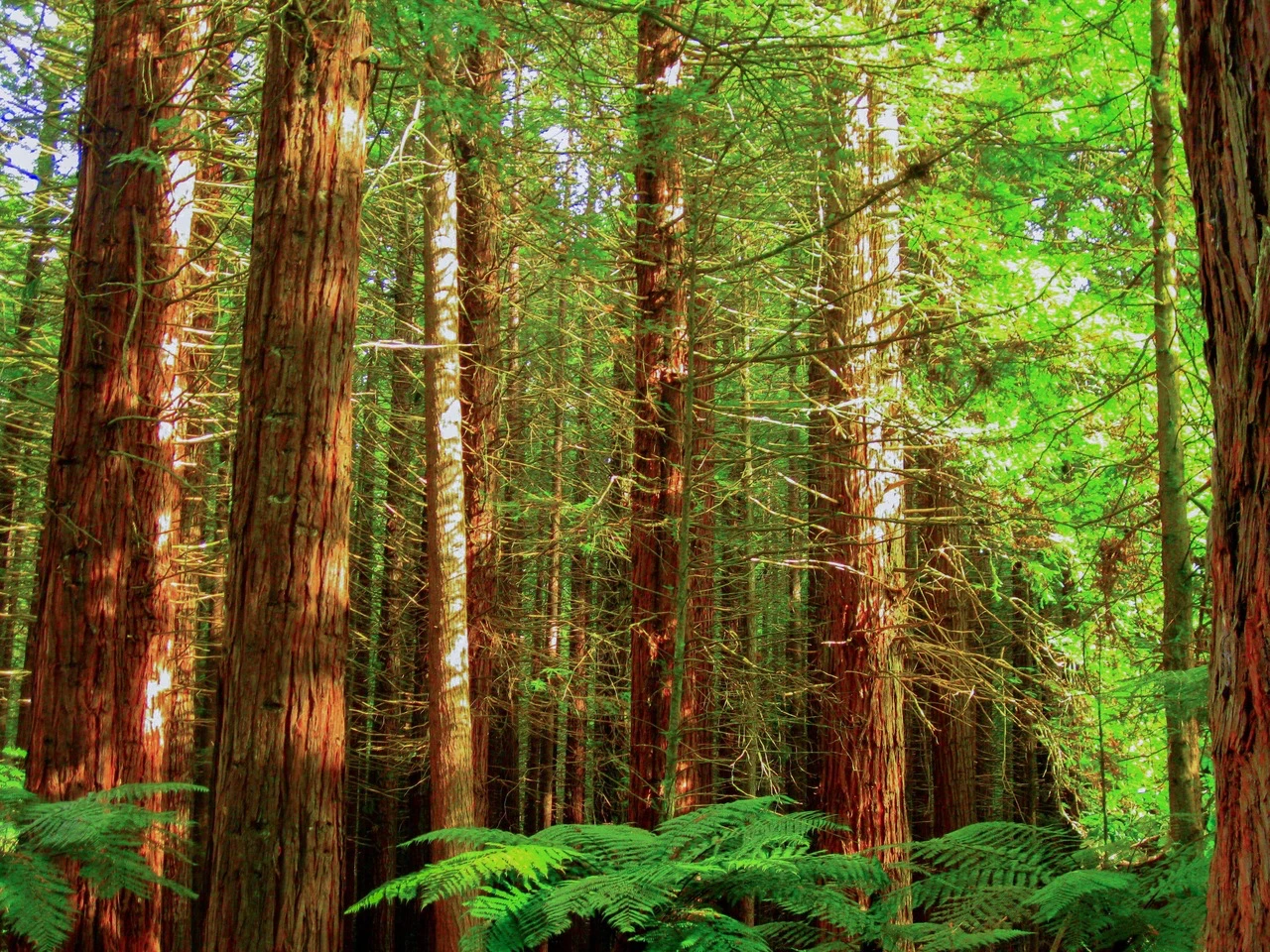
Welcome to Tc'ih-Léh-Dûñ
Previously known as Andersonia West, the redwood forest will be now be renamed "Tc'ih-Léh-Dûñ,” meaning "fish run place" in the Sinkyone language. The area is home to various endangered species, including coho salmon, steelhead trout, marbled murrelets, yellow-legged frogs, and northern spotted owls.
A sacred place to many local Indigenous cultures, second-growth redwoods, Douglas-firs, tanoaks, and madrones trees tower over the region. The huckleberry, elderberry, and manzanitas bushes that grow in the forest are a part of traditional diets and medicine.
Additionally, 1.5 miles of Anderson Creek will now be under protection. Sediment eroding from large industrial operations and fertilizer runoff have threatened the stream and its tributary, the South Fork Eel River.
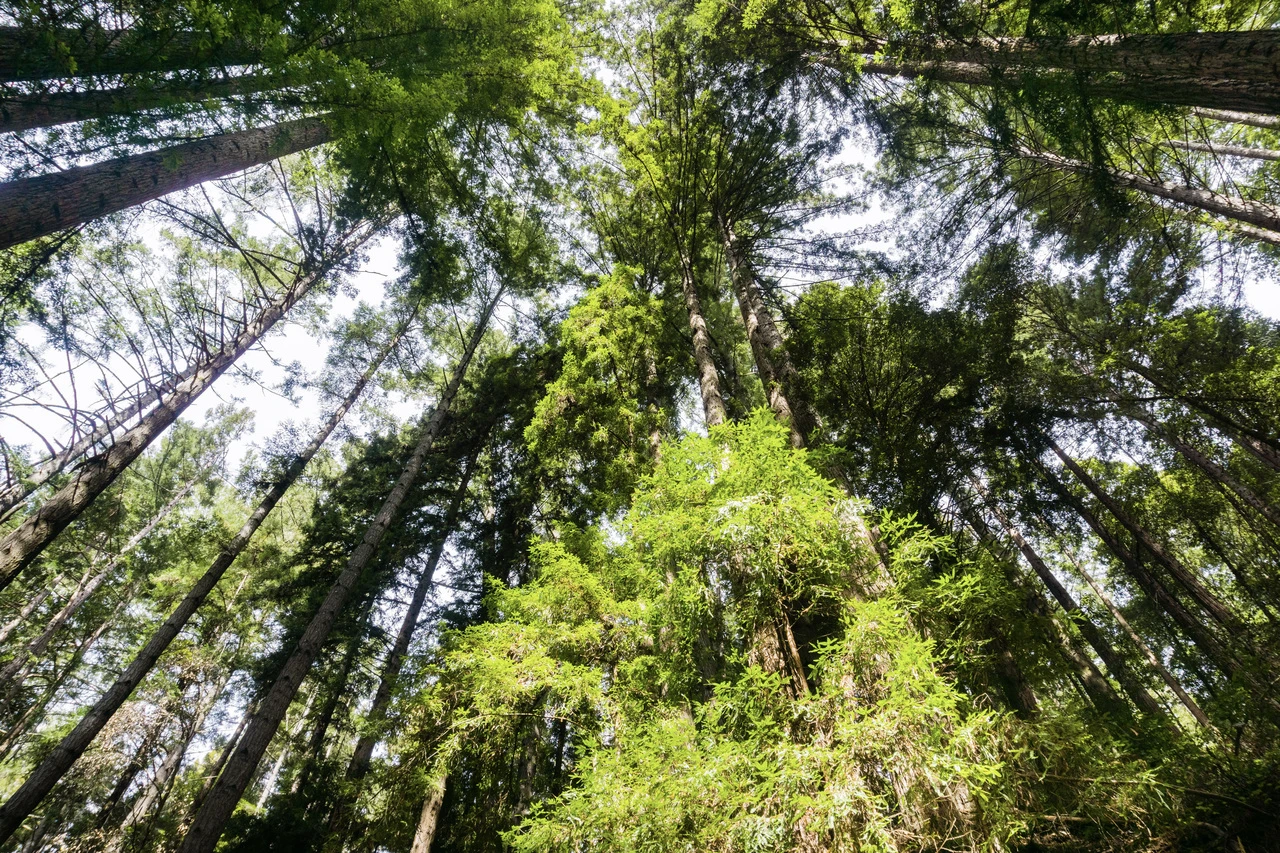
Restoring land with Indigenous wisdom
Using traditional knowledge, the Sinkyone Council has developed a 30-year conservation plan to protect the forest and local endangered biodiversity. Under the plan, there will be no commercial timber operations, fragmentation, development, or public access in the area.
Indigenous groups will be allowed to remove invasive plants, use forest thinning practices, and do other restoration work. This includes native land care techniques, such as controlled burnings.
Members of the Redwoods League say that the new Indigenous leadership of Tc'ih-Léh-Dûñ will provide an opportunity to contribute to the global 30×30 movement. This action, led by a coalition of governments, NGOs, and the Convention on Biological Diversity, will protect 30% of lands and oceans by 2030.
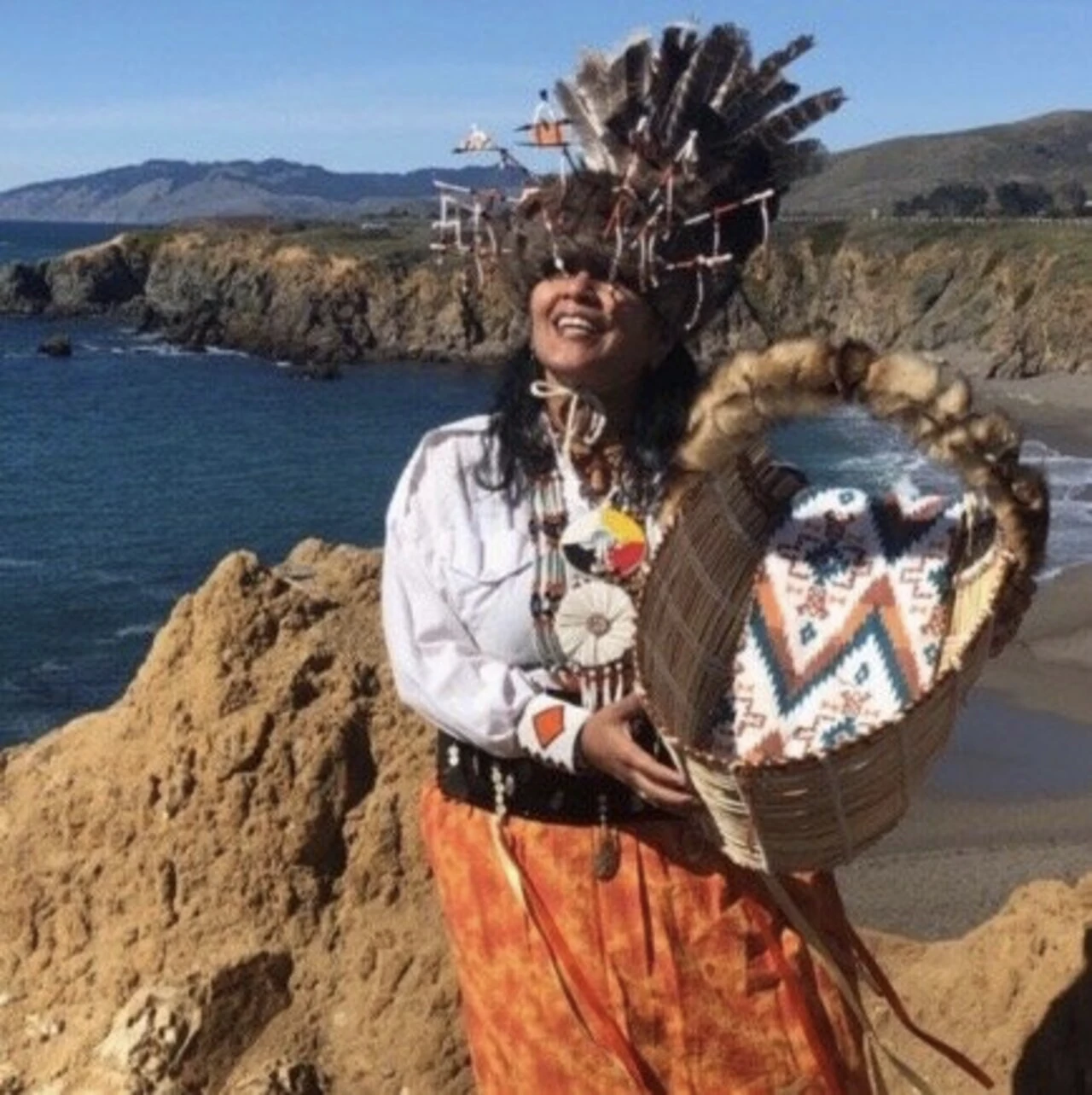
Image credit: Courtesy of sinkyone.org
Indigenous peoples as rightful caretakers of the Earth
Worldwide, Native peoples play a critical role in protecting Earth's remaining biodiversity. According to the United Nations 2021 policy brief, Indigenous communities make up only 5% of the world's population but manage 25% of the Earth's land.
Furthermore, Indigenous lands are home to 80% of the planet's biodiversity and about 40% of all “terrestrial protected areas and ecologically intact landscapes.” Although this makes Indigenous peoples vulnerable to the adverse effects of climate change, it has also showcased their resilience as they have been able to adapt to these impacts through traditional knowledge ad understanding of the lands.
It is essential, then, that Indigenous communities lead in stewarding their lands and negotiating climate solutions.
